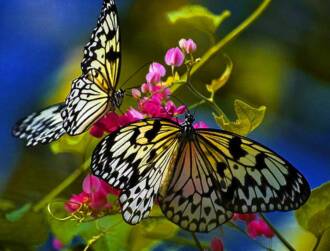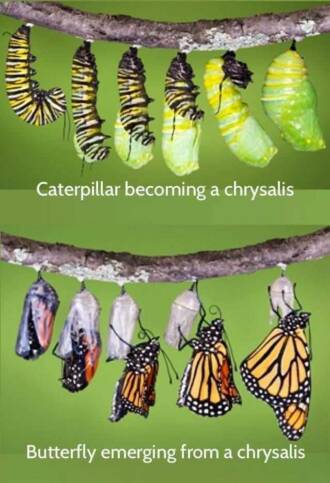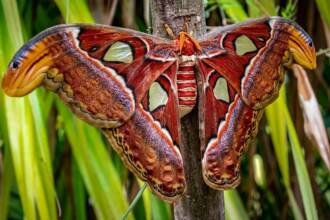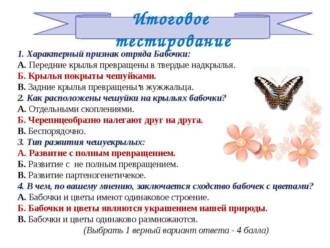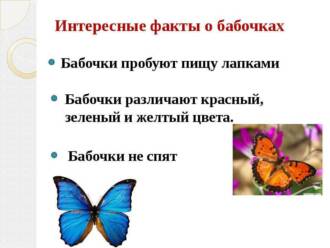
Butterflies are amazing creatures that attract attention with their beauty and grace of flight. Each of them is a real work of art of nature. In this mini story, we will tell you about some amazing facts about butterflies that you may not have known yet.
Butterflies are insects that go through several stages of development: from egg to caterpillar, then to chrysalis and finally turn into a beautiful butterfly. Interestingly, each type of butterfly has its own unique pupa shape and the time it takes to transform. For example, some species require only a few days, while others require several months.
Butterflies are true masters of disguise. They can mimic the colors and shapes of their natural environment to be invisible to predators. Surprisingly, some species of butterflies can change the color of their wings depending on environmental conditions. For example, they may become darker or lighter to match the color of leaves or flowers.
Wing Magic: The Unique Anatomy of Butterflies
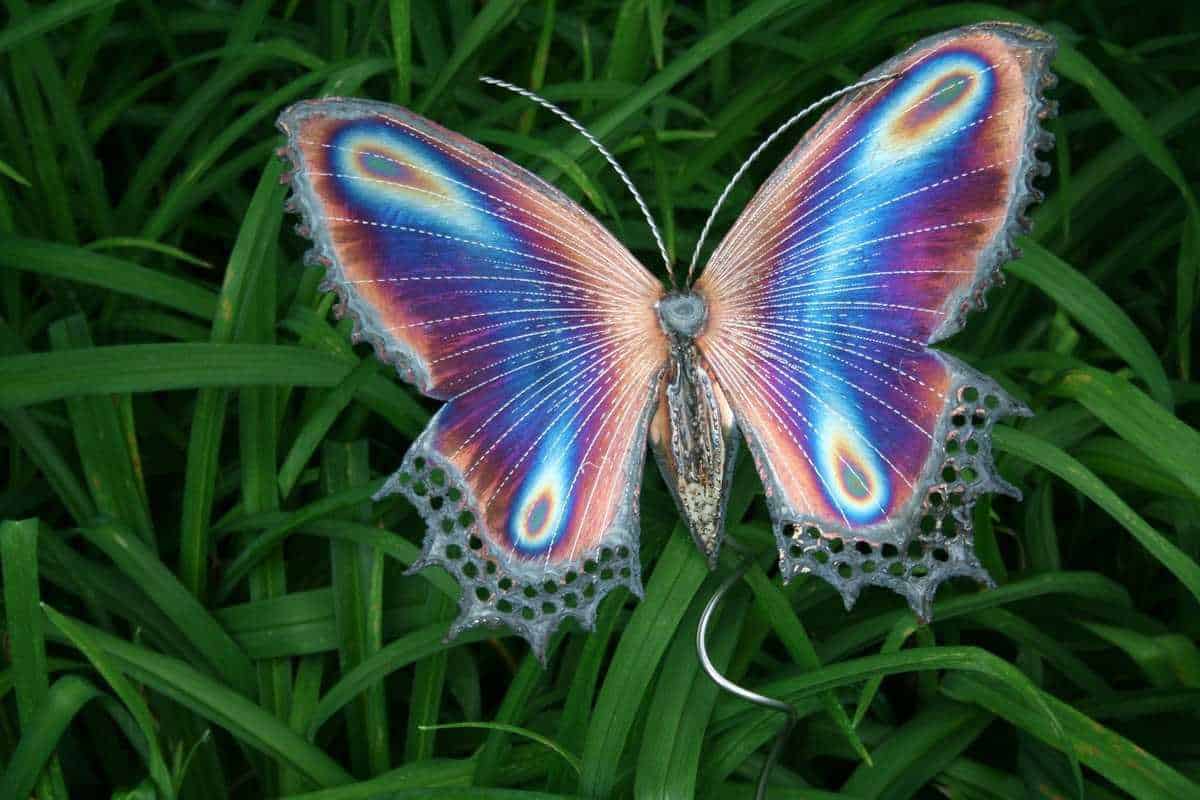
Butterflies are delicate creatures that attract attention with their colorful wings. But few people think about how these wings are constructed and what unique features they have. In this mini story, we will tell you about some interesting facts about the anatomy of butterflies.
butterfly wings
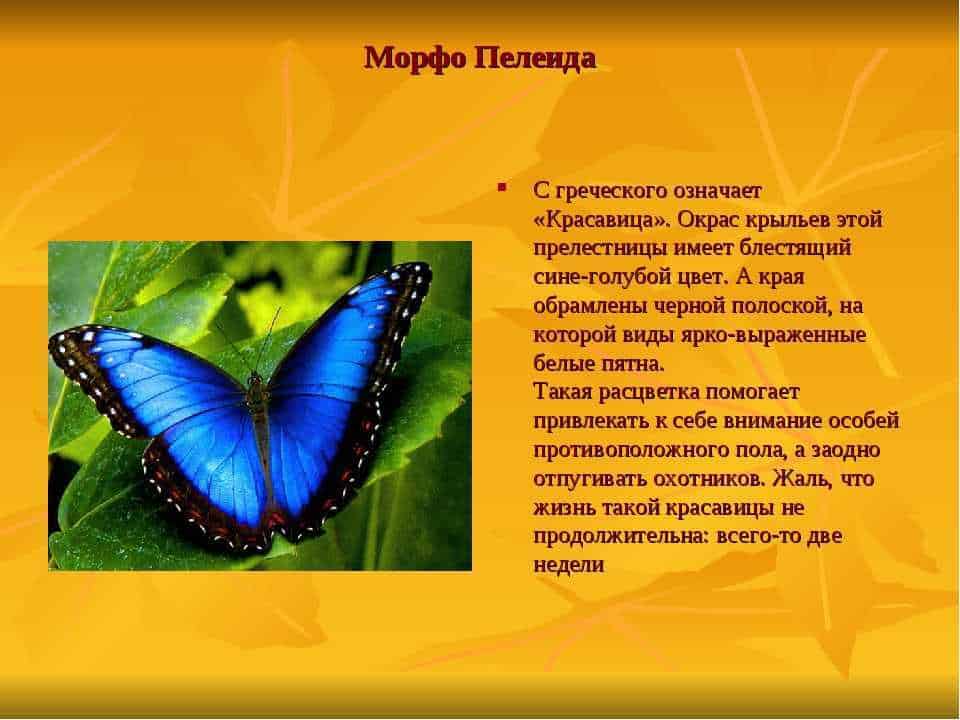
Butterfly wings are one of the most amazing parts of their body. They are covered with a thin layer of scales that give them bright colors and patterns. The scales on the wings of butterflies can be of different shapes and sizes, their number can reach several million. It is thanks to these scales that butterflies can create incredible colorful patterns on their wings.
In addition, butterfly wings are very light and fragile. They consist of a thin layer of membranous tissue that is supported by veins. The veins on butterfly wings perform an important function - they provide strength and rigidity to the wings, allowing butterflies to fly. Each species of butterfly has its own unique system of veins, which determines the shape and size of their wings.
Color palette
Butterflies are able to create such bright and varied colors on their wings that there is no doubt about it. They can be multi-colored, plain or have complex patterns. But what is interesting is that the colors on the wings of butterflies are formed not due to dyes, as happens in other animals, but due to a phenomenon called light interference. When light hits the wings of butterflies, it bounces off the scales and interferes, creating different hues and reflections. This makes the wings of butterflies true works of art of nature.
Thus, butterflies are not only beautiful creatures, but also amazing in their anatomy. Their wings are a real art of nature, which causes admiration in people of all ages. A story about a butterfly in the 3rd grade of the surrounding world can not only expand children's knowledge, but also awaken their interest in the amazing world of nature.
Transformation from caterpillar to butterfly: the miracle of metamorphosis
The story about the butterfly is one of the exciting activities for children in grade 3 around the world. Watching these gentle creatures, children will learn about the incredible transformation of a caterpillar into a butterfly. This process is called metamorphosis and is a real miracle of nature.
The story about the beauty of butterflies begins with their first stage of life - eggs. Caterpillars hatch from eggs, which immediately begin to actively feed in order to gain strength for further development. Caterpillars go through several stages of molting, when the skin ages and is replaced by a new one.
The most amazing stage in the life of a butterfly is a chrysalis. The caterpillar turns into a chrysalis, forming a cocoon or chrysalis. Incredible changes take place inside the cocoon: the caterpillar turns into a butterfly. This is due to special cells that are contained inside the pupa and are called imaginal cells.
Variety of shapes and sizes: a wealth of butterfly species
The charm of butterflies is not only their delicate beauty, but also the amazing variety of shapes and sizes they possess. There are more than 180,000 species of butterflies in the world, each of which is unique and beautiful in its own way. In this mini-story, we will tell you about some of the features and diversity of these delicate creatures.
Forms

Butterflies can have a wide variety of wing shapes. Some species have wide and rounded wings, reminiscent of bird feathers. Others have long and narrow wings that help them fly at high speeds. There are also butterflies with triangular or oval wings, which give them a special grace and grace.
Dimensions
Butterflies also vary in size. Among them are dwarf species, only a few millimeters in size, and giant butterflies, whose wingspan can reach more than 25 centimeters. The largest butterfly in the world is the Goliath, which lives in the tropical forests of Africa and South America. Its wingspan can reach 30 centimeters.
Thus, the variety of shapes and sizes of butterflies is a real wealth of nature. Each type of butterfly is unique and attracts attention with its unique beauty. Watching these gentle creatures brings a lot of pleasure and admiration.
Beauty in tiny details: patterns and coloration of wings

When we look at butterflies, we can't help but be amazed at their incredible beauty. One of the most impressive aspects of butterflies is their wings. Each butterfly has unique patterns and colors that make them so attractive and unique.
Patterns on the wings of butterflies can be very diverse. They can include geometric shapes, stripes, spots, and even eyes. Some patterns can mimic dangerous predators to scare off potential enemies. Other patterns may serve to attract a mate or to camouflage against certain vegetation.
The coloring of butterfly wings also varies from bright and saturated to delicate and pastel. It can combine different shades of one color or be multi-colored. Butterflies use colors to attract attention, stand out from the environment or, conversely, blend in with it. The coloring of butterfly wings is a real work of art that nature has created in each of these delicate creatures.
It is also interesting that some species of butterflies can change the color of their wings depending on environmental conditions or mood. For example, when the temperature rises or falls, wings can change color or color intensity. This further emphasizes the amazingness of these creatures and their ability to adapt to the environment.
The role of butterflies in the ecosystem: pollinators and food for other animals

Butterflies are important participants in the ecosystem, they take part in the process of pollination of many plants. They carry pollen from one flower to another, facilitating the reproduction of plants and ensuring the richness of nature. This makes them irreplaceable pollinators.
Most butterflies feed on the nectar of flowers, and their preferences can be very diverse. They collect nectar from different types of plants, which contributes to the spread of pollen and the preservation of the diversity of the plant world.
In addition, butterflies are an important food source for many other animals. Their bright coloration and attractive appearance attract the attention of predators such as birds and insectivores. Many birds exclusively feed on butterflies and their caterpillars. In this way, butterflies play a role in the food chain and maintain balance in natural communities.
Migrations and longevity: amazing phenomena in the life of butterflies

A story about a butterfly Grade 3 The world around us often includes information about the migrations of butterflies. It turns out that many species of butterflies are able to travel great distances in search of favorable conditions for reproduction and nutrition. For example, the monarch butterfly migrates every autumn to the south of North America, overcoming up to 4 thousand kilometers. This is an amazing phenomenon that is still of interest to scientists and butterfly lovers.
A mini story about butterflies can also include information about the longevity of these gentle creatures. Some types of butterflies can live for a long time, despite their fragility. For example, bluebird butterflies can live up to 9 months, and some species of tropical butterflies can live for more than a year. This is a phenomenal lifespan for such small creatures.
Interestingly, the longevity of butterflies is associated with their ability to go into a state of diapause, or dormancy. At this time, they do not breed and feed, but only keep their vital activity at a minimum. Thanks to this, butterflies can survive unpleasant weather conditions, lack of food and other adverse factors. When a favorable period comes, they are activated again and continue their life cycle.
Conservation and Conservation: Protecting Unique Butterfly Species
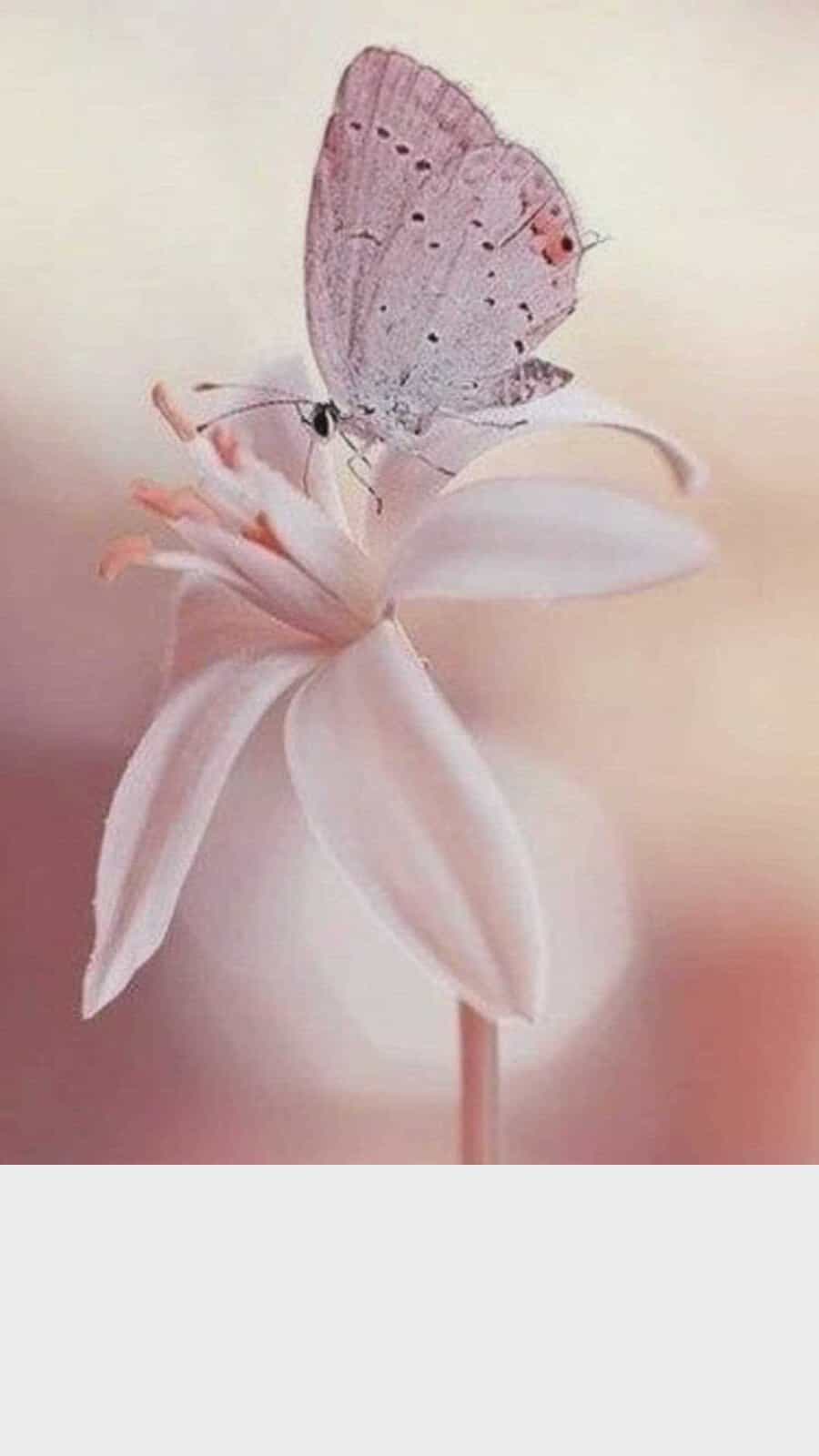
The story about a butterfly in the 3rd grade of the surrounding world is an important element in the formation of a conscious attitude to nature and biodiversity. Children learn the uniqueness of each species, its role in the ecosystem and the need for its conservation. A mini story about butterflies helps to see that they are not only beautiful and delicate creatures, but also important plant pollinizers.
To protect and preserve unique species of butterflies, a number of measures must be taken. First, it is important to conserve and restore their natural habitats such as forests, grasslands, swamps and other biodiverse areas of nature. This can be done through the creation of nature reserves, national parks and special protected areas.
Secondly, it is necessary to control the use of pesticides and chemicals in agriculture, as they can negatively affect butterflies and their larvae. More environmentally friendly farming practices such as biological pest control and organic farming could be an alternative.
It is also important to carry out educational programs and events that will increase people's awareness of the importance of butterflies and the problems they face. This can be the organization of exhibitions, lectures, excursions and butterfly breeding projects in schools and kindergartens.
The protection and preservation of unique butterfly species is a task that requires the joint efforts of the state, scientific organizations, public associations and each individual. Only through joint action can we ensure the preservation of these beautiful and amazing creatures for future generations.

